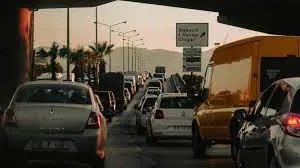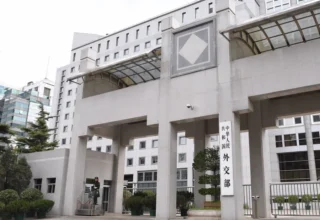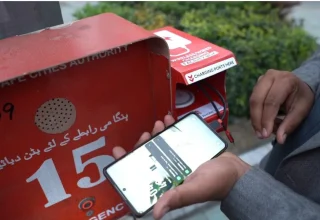
Chalmers Division of Applied Acoustics researchers conducted a laboratory investigation in which density tests were performed while test subjects were exposed to background traffic noise. Individuals were asked to look at a computer screen and respond to specific letters before rating their perceived workload. According to the study, individuals performed significantly worse on performance tests and felt that it was more difficult to complete the task with street noise in the background.
“What is unique about our study is that we were able to demonstrate a reduction in performance at noise levels as low as 40 dB, which is consistent with regular noise levels in an office environment or kitchen,” said doctoral student Leon Müller. Department of Applied Acoustics in the Department of Architecture and Civil Engineering. The background noise consisted of two audio sequences of passing trucks at distances of ten and fifty meters. Both sequences were normalized to the same total indoor level of 40 dB.
“Audio sequences simulating close passages, where the sound changes significantly as cars pass by, typically disturbed the test subjects the most,” says Muller. “This may be because traffic that is further away is perceived as a more constant drone.”
Housing is now built closer to the road. The new findings emphasize the already problematic situation of negative effects on health and work performance due to traffic noise. In recent years, the distance between roads and newly built housing in Swedish cities has been allowed to shrink – a trend that can also be seen internationally.
Put somewhat simply, the Swedish rules for where construction is permitted are based on the average outdoor noise level over a 24-hour period – meaning they don’t take individual pass-bys into account. In addition, current regulations do not cover low-frequency noise peaks indoors, which are harder to avoid and, according to research, more disruptive and therefore have a greater impact on human health.
In a study modeling low-frequency noise, Jens Forsen, Professor of Acoustic Acoustics at Chalmers, showed that such noise is primarily generated by heavy traffic at low speeds and is difficult to block even with well-insulated windows and buildings that comply. All construction rules and guidelines for sound insulation.
Indoor noise exposure can increase when the vehicle speeds down. “Calculations of different facade types show that ideal indoor noise environments near heavily trafficked streets are difficult to achieve,” says Forsen. “Reducing speed is not a solution, as our calculations show that indoor noise exposure can increase even at low speeds.”
Further, Forsen says that noise and noise environment is a factor that is often considered too late in the planning process, and that benefits can be achieved if the space is adjusted to better use the space in terms of noise pollution.
Researchers also agree that the most effective solution would be to avoid urban density in areas where traffic noise would have a high impact on health and well-being.






























